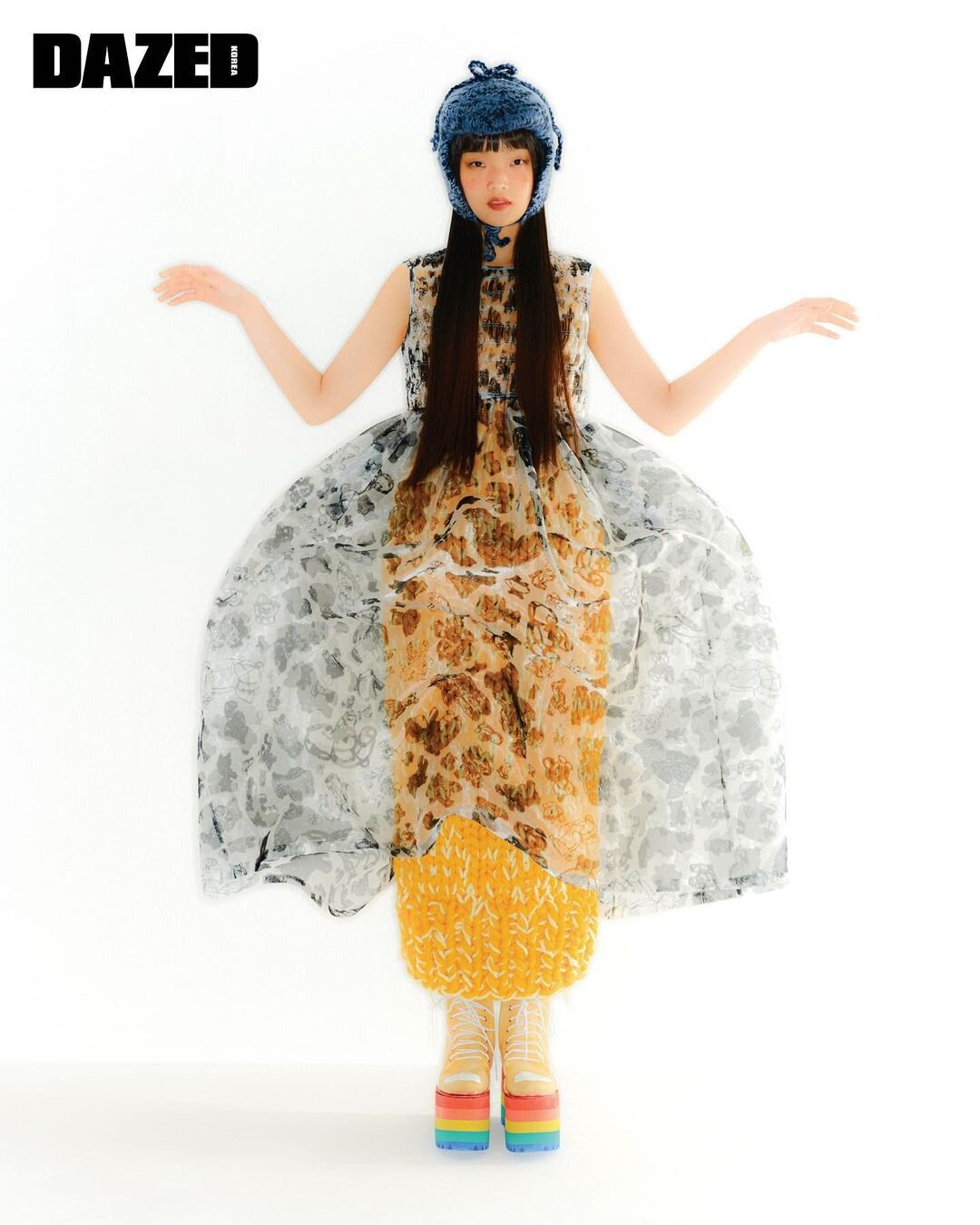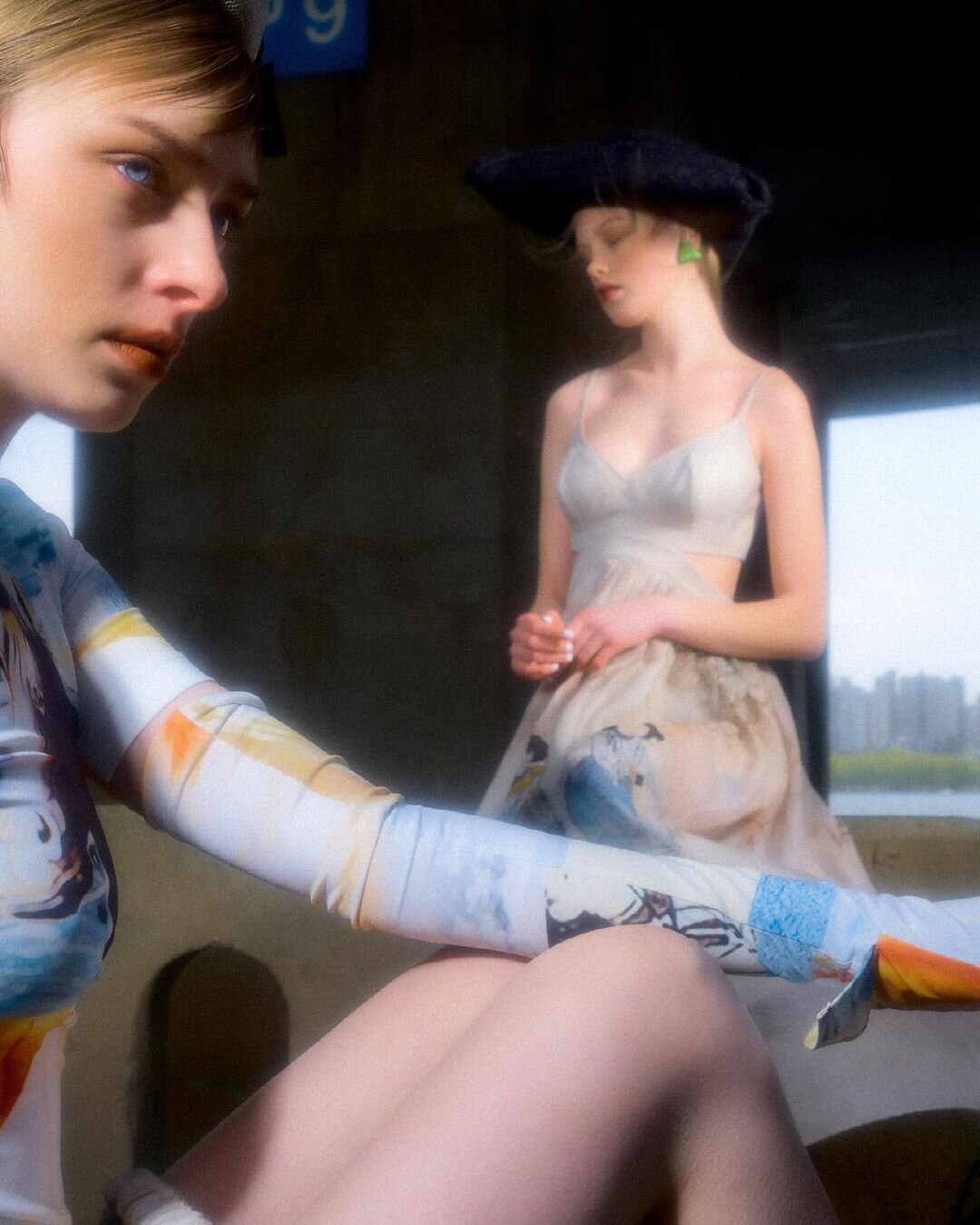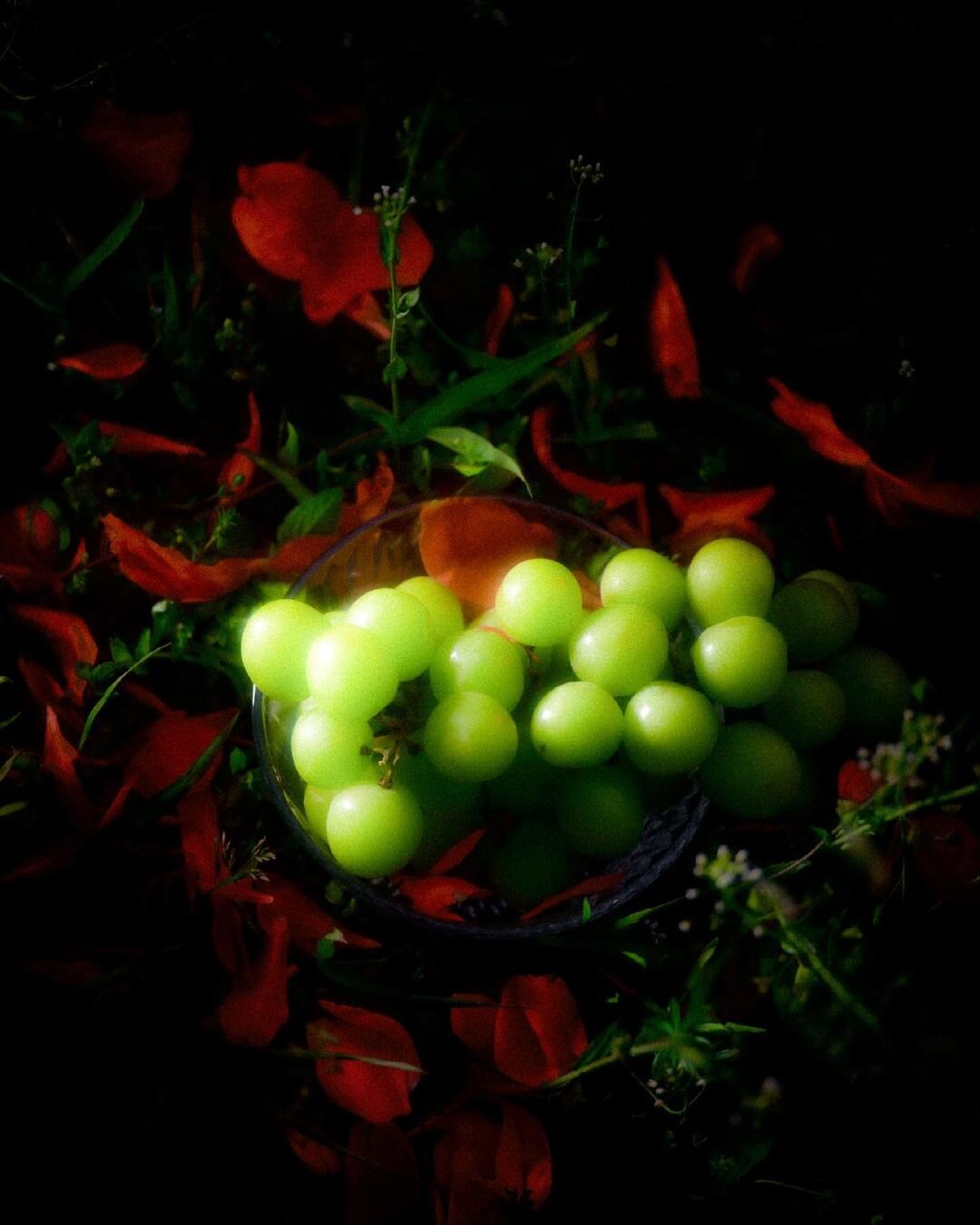Intak Song
Intak Song is a fashion photographer who has created a unique aesthetic that runs throughout his work. We spoke to him all about his creative process as he delved deep into the ins and outs of his photography. Utilising both digital and analogue cameras to perform his practice, Song has established a strong skill set within the realms of photography that makes his work beautifully executed. Song also spoke about how he is trying to move away from “quick consumption” as the creative world is becoming increasingly digitalised. Being able to take more time over his projects in order to create work that is curated precisely and with meaning.
How did you begin your creative journey into becoming a fashion photographer?
It started when I began to feel fun in arranging photographs one by one, but I can't remember when this behaviour started. I think I have felt the fun of organising the images that always come to my mind since I was a kid. Unlike a video, the still photograph remains clear and turns over like a book, page by page, and I’ve always preferred pictures over text.
What influenced you to get into fashion photography?
Before I got into fashion photography, I was communicating by music. However, photography for me, was more attractive than music. There were parts that were different and parts that had a lot in common (there are actually many more things in common than we think). We are supposed to respond quickly on the spot, make corrections, and review the results of our actions. There are times when I feel like I have become a very sensitive creative. I love that feeling. There is another part, but it is a coincidence that comes from the field (situation). While shooting on the field, an accidental situation occurs, and it is sometimes used as another colour for my work. It seems that this kind of work environment was a motivator for new ideas. Sometimes, I try to find myself in my photos. I am surprised to see my changed appearance when I do the act of finding myself in that outlook by creating a different world with the model in my concept. This is the reason why I think that fashion photography is special.
How would you describe your photography style in three words?
Dissonance, emptiness, everyday life.
Your work has a unique aesthetic and quality to it - what techniques and cameras do you use to create this?
Technique and tools are important, I use both a digital and an analogue camera, but I prefer to use my digital camera. I think it is very attractive to be able to control the situation by checking the images on shoot by using a digital camera. The film gives very good grains and colours, and it has a more casual charm, but I prefer a quick response to an accidental one. I always agonise about controlling the light in any situation, so personally I like the shooting with controlled lighting. I like the light that can hide the parts I want to hide with lighting and expose the parts I want to show up. Even the light has a personality. I think it's my role to instil a character with a personality within my work. In fact, technique is important, but sometimes I desire to ruin the theoretical part and consequently this has made me bolder. When I do my work, there are certain things that I am obsessed with, but I try to consider more about how to organise them and put them in the frame.
Tell us about a project you are currently working on?
We are working on a project called "Daily Life". In this work, not only people are involved, but other imagery that includes objects and landscapes. I planned it because I wanted to tell a story that I had been looking at more, and because it is a part that reminisces about my childhood, I am trying to stimulate the imagination of those who watch angles and mise-en-scène.
Who have you collaborated with in the past that has really stood out to you?
In the early days of working as a fashion photographer, there were times when I felt a lot of difficulty in sharing my ideas to my clients while shooting commercial photos. It is not possible to receive unconditional consent, and even if consent is obtained, many problems were found in expressing them. By chance, I met a designer named "Han Kim" and it comes a lot of changes occurred in my activities. When I tell him my inspiration, he works with a lot of thought about how to implement them, and these processes are fun, and these are still contributing to my development. Thanks to him.
Where do you see yourself as a creative in the future and do you have any upcoming projects we should look out for?
First of all, the most irritating part of the current fashion photographer's life (creative life) is "quick consumption". As we move into the digital age, creative creations are emerging in more diverse forms. I think this is a very good signal, but there are some concerns. The forms that come out of "quick consumption" show diversity, convey a lot of information to us, and act as a facilitator to create new ones. However, we're accepting things without knowing what's being thrown at us, and I thought we needed to sort them out. So, I thought deeply about the topic of "quick consumption" that I had felt and wanted to summarise it as a project.
The project starts here, from the early 1990s to the early 2000s, I thought that I wanted to work while recalling my childhood that was being forgotten in the rapid industrialisation. In the apartments, they give us the sense of disparity that I used to play in. I am going to try to sort out these senses through my work because all of my senses remind me of that time a lot. If the disparity times of my childhood enters into the familiarity of modern society and presents a different representation, it would not be possible to give viewers a different novelty, I think. This is the way I sort it out.
In an era when a lot of information is flowing in, I think that it is necessary to take time to organise things slowly, and I am sure that a lot of consensus can be formed with this. It doesn't matter whether it's digital or analogue. I think it is worth to savour it slowly, and it is another possibility for the future.
What to read next

















